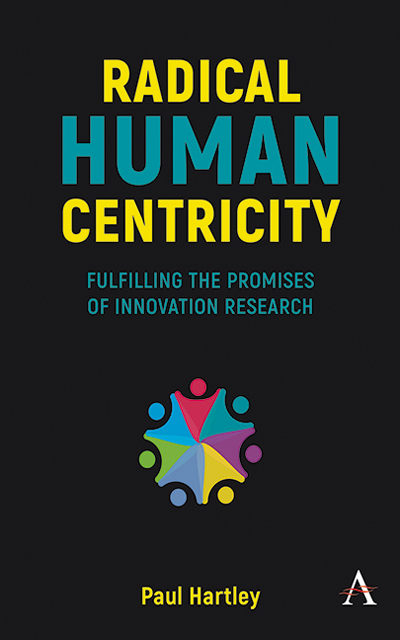2 - Reclaiming Ethnography
Published online by Cambridge University Press: 22 November 2022
Summary
Real research is engaged with the world in the most direct, experiential way. It is conducted alongside the people we study, on their terms, and deals with this world as it is, without tools to simplify what is found. There is no room for “good enough.” There are no compromises, gimmicks, or shortcuts. A researcher doing real research is in the thick of things, working at the point where the line blurs between research and just living life. When studying people, their behaviors, and their thoughts, researchers live life with them. They eat their food, speak their language, dance their dances, shop in their stores, use their smartphone apps, and live as they do. Here, the researcher is also always thinking about their audience and how to explain the meaning and impact of these experiences to people who did not have the luck to be there in the thick of it all with them. What this means is that within a commercial context, real research begins with an ethnography inquiry. This is true even if it ends with a quantitative study.
To understand real research and working in a radically human-centric manner, we must come to terms with what it means to do ethnography. However, this is not as easy as it sounds. For many years, ethnography has been borrowed—a stronger way to put it would be appropriated—by design research and design thinking. This has not been good for ethnography because the practice and tradition have not been respected. The weaknesses inherent in these research processes have been covered by claims of the power of the anthropological approaches and ethnographic methods they try to employ. Few practitioners who claim to be proficient in ethnography have any substantive training. Few commercial researchers are actually doing ethnography. At most, they are using a very watered-down variation. In short, the human-centric research and design research world still do not really know what ethnography is. So, to explain the ethnographic underpinnings of real research, we must first cut through some hype and misinformation and claim the practice back for human-centric research. Once we understand a little bit about ethnography, we will be able to see how it provides the framework for real research and a better approach to human-centric innovation.
- Type
- Chapter
- Information
- Radical Human CentricityFulfilling the Promises of Innovation Research, pp. 29 - 52Publisher: Anthem PressPrint publication year: 2022

